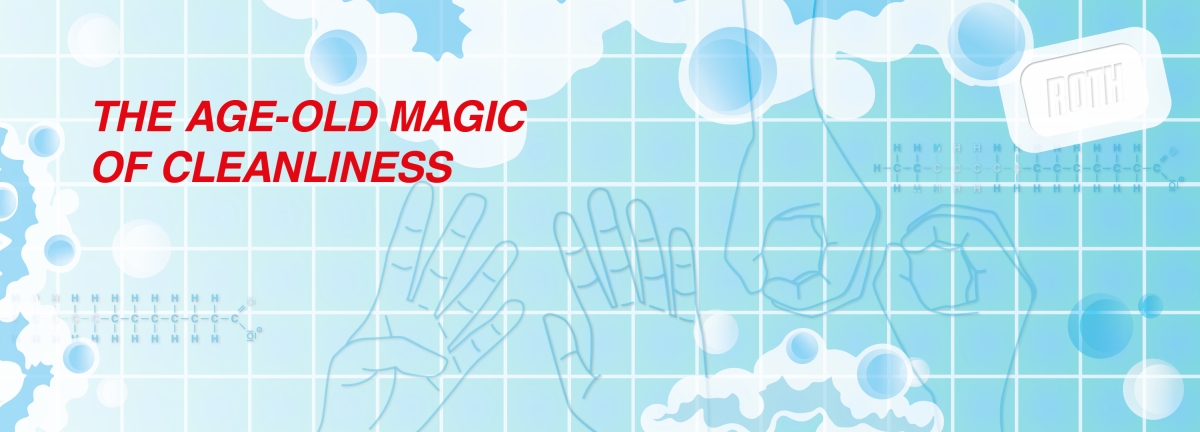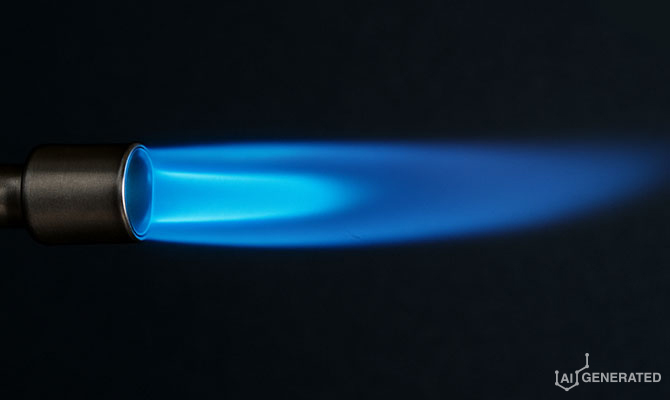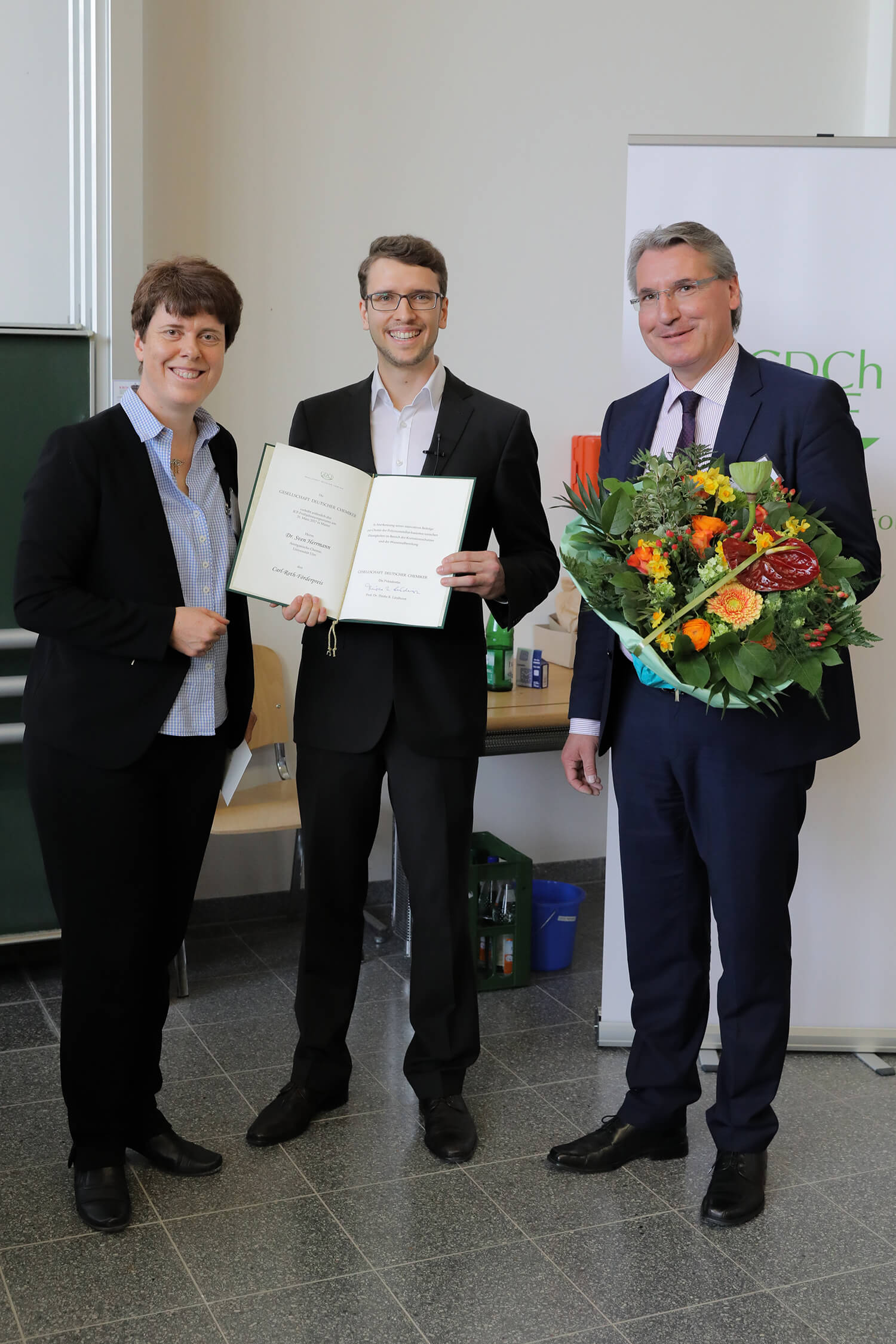
THE TRIED-AND-TRUSTED COMPANION FOR CLEANLINESS
We all use it every day, often without thinking about it: Soap is an integral part of our lives. Whether we’re washing our hands before carrying out an experiment in the laboratory, cleaning delicate glassware, or simply maintaining daily hygiene – soap is ubiquitous. But the origins of this inconspicuous but essential substance go back more than 4500 years. Its history is not only significant from a cultural and historical perspective, but also as a prime example of early chemical discoveries that are still relevant today.
The beginnings of soap: A product of antiquity that came about by chance?
The history of soap begins in the region of present-day Iraq, in ancient Mesopotamia. Archaeological finds from around 2800 BC provide evidence of the production of substances similar to fats and ash. This early “soap” was probably used as a cleaning agent, or to treat wool and textiles.
An often-cited theory is that the discovery of soap was a chance occurrence: Animal fats that accrued during sacrificial acts may have reacted with ash from fire pits. Mixed with rainwater, a substance with remarkable cleaning properties was then formed.
Although people may have this process discovered by accident back then, it’s now well understood chemically. The production of soap is based on a chemical reaction called saponification: Fats or oils react with alkalis, such as alkaline solutions from wood ash, to form glycerin and soap salts. This reaction remains the basis of soap production today.
Chemistry in action: How soap dissolves dirt
The cleansing effect of soap lies in its chemical structure. Soap molecules have a hydrophilic (water-attracting) head and a lipophilic (fat-attracting) tail. This amphiphilic property allows the soap to disperse oils and fats – which are normally not water-soluble – in an aqueous medium.
In practice, this works as follows: The lipophilic part of the molecule attaches itself to dirt particles, while the hydrophilic part combines with the water, thereby enabling dissolution. This breaks the dirt into tiny droplets and allows it to be rinsed away. This principle can be easily demonstrated, for example, by adding oil to water and then adding a soap, such as dishwashing liquid. The difference is immediately visible.
The development of soap-making
In ancient times and the Middle Ages, soap-making was a complex process. In addition to animal fats, vegetable oils such as olive oil and alkaline solutions from plant ash were used. In certain cities, such as Aleppo, Marseille and Venice, soap-making developed into a special craft, and the addition of precious scents as rose oil or lavender water transformed soap bars into coveted products for more well-to-do members of society.
With the industrial revolution, soap production not only became a more mundane affair, but also experienced a rapid upswing: Chemical innovations, such as the large-scale production of sodium hydroxide (caustic soda), made it possible to produce soap more efficiently. The use of fragrances and nourishing additives also became common, making soap affordable for the masses.
Looking to the future: Why soap remains relevant
In recent years, soap has attracted new attention not just for the sake of everyday hygiene, but also in scientific research. One example of this is the development of so-called “intelligent soaps”, which can adapt their properties depending on environmental conditions. These novel soaps use nanotechnology to dynamically change their molecular structure. For example, researchers at the University of Bristol have developed soap molecules that are able to change their surface properties at different temperatures or pH values. This modification makes them particularly interesting for industrial applications, such as the cleaning of sensitive equipment.
Another innovative field is the use of biodegradable soaps made entirely from renewable raw materials. These soaps aim to reduce the environmental impact of microplastics or chemical residues. They contain specially modified surfactants that not only clean effectively, but can also be easily broken down by microorganisms.
Research into the antimicrobial effects of soaps is also groundbreaking. While conventional antibacterial soaps contain chemical additives such as triclosan, scientists are working to develop natural alternatives. Plant extracts, such as tea tree oil, or enzymatic additives could replace conventional additives while increasing effectiveness against pathogens. Such developments could be particularly useful in laboratories and clinics where high standards in hygiene are required.
Over millennia, the importance of soap has been unwavering – it remains an indispensable means of ensuring hygiene and cleanliness. In times of global challenges, such as the fight against infectious diseases, their relevance is even more in focus. In science, research and teaching, it also offers new approaches for experiments and innovations.
Are you looking for high-quality soaps and detergents specially developed for laboratory and research applications? In our online shop, you’ll find a wide range of products – from classic soaps for daily hygiene through to specialised products for more demanding cleaning tasks. After all, modern research also benefits from this tried-and-trusted companion for cleanliness!
Sources:
https://www.weltderwunder.de/der-siegeszug-der-seife/
https://www.chemie.de/lexikon/Seife.html
https://www.faszinationchemie.de/artikel/news/seifenbsp-chemikalie-der-steinzeit





